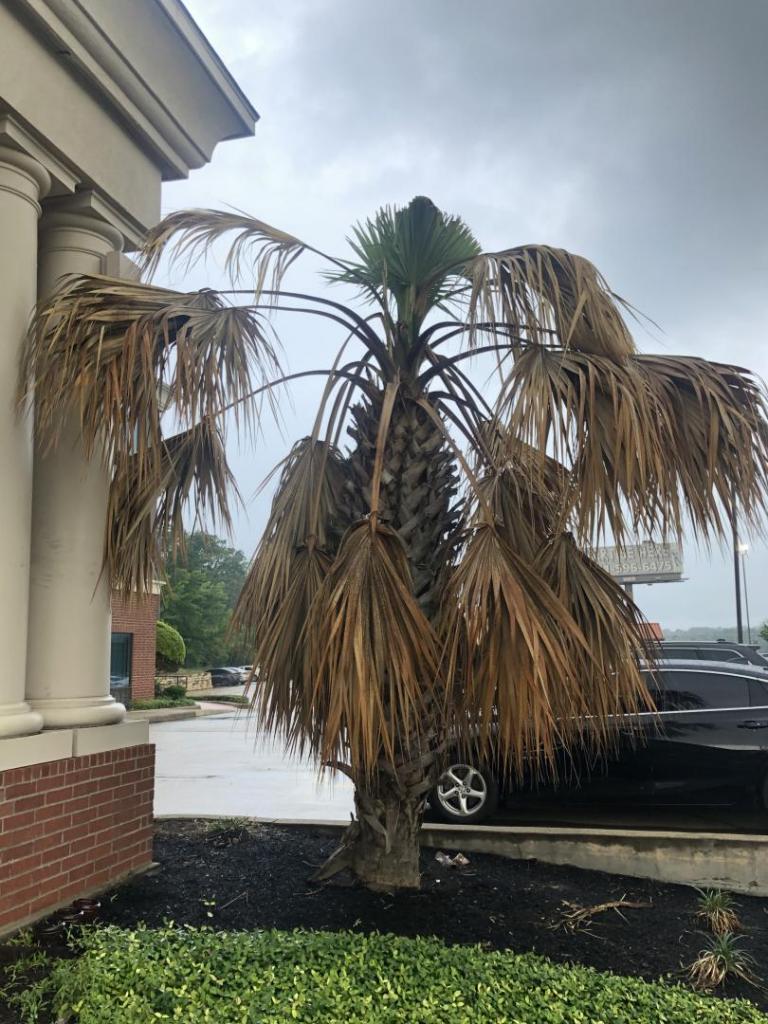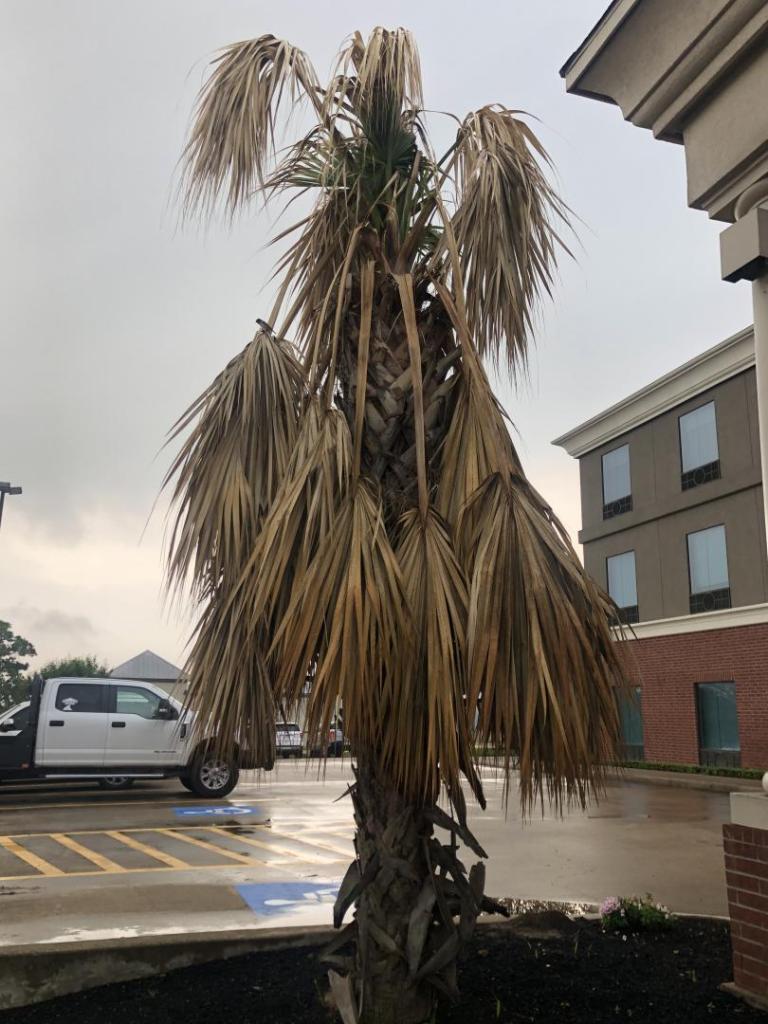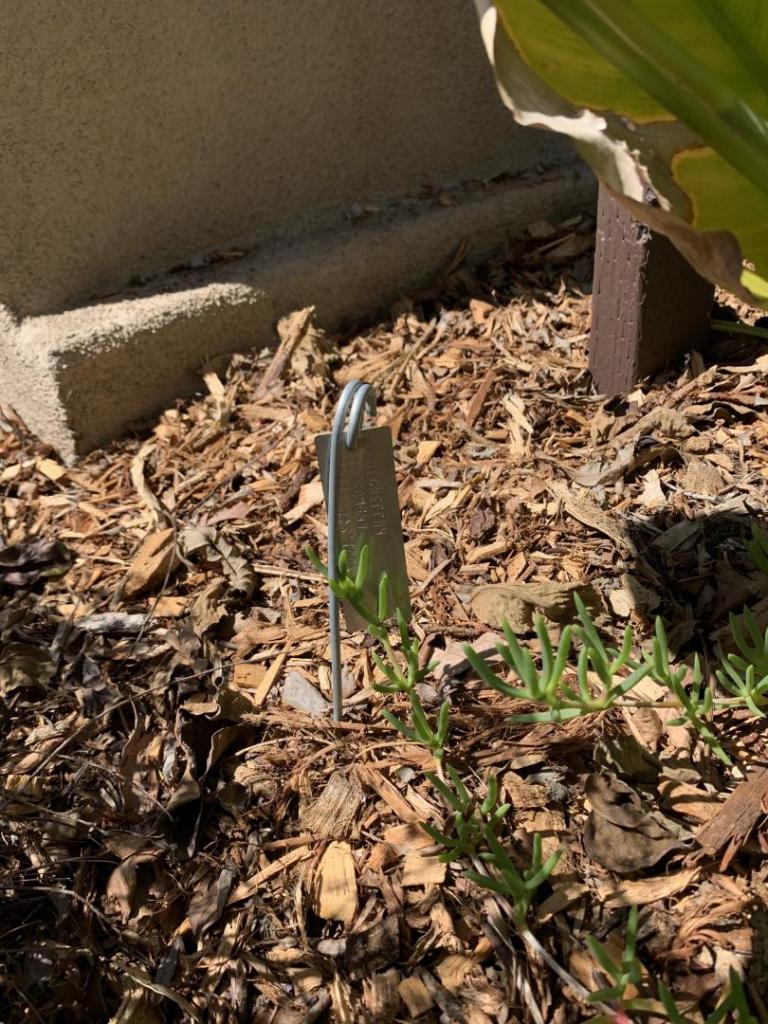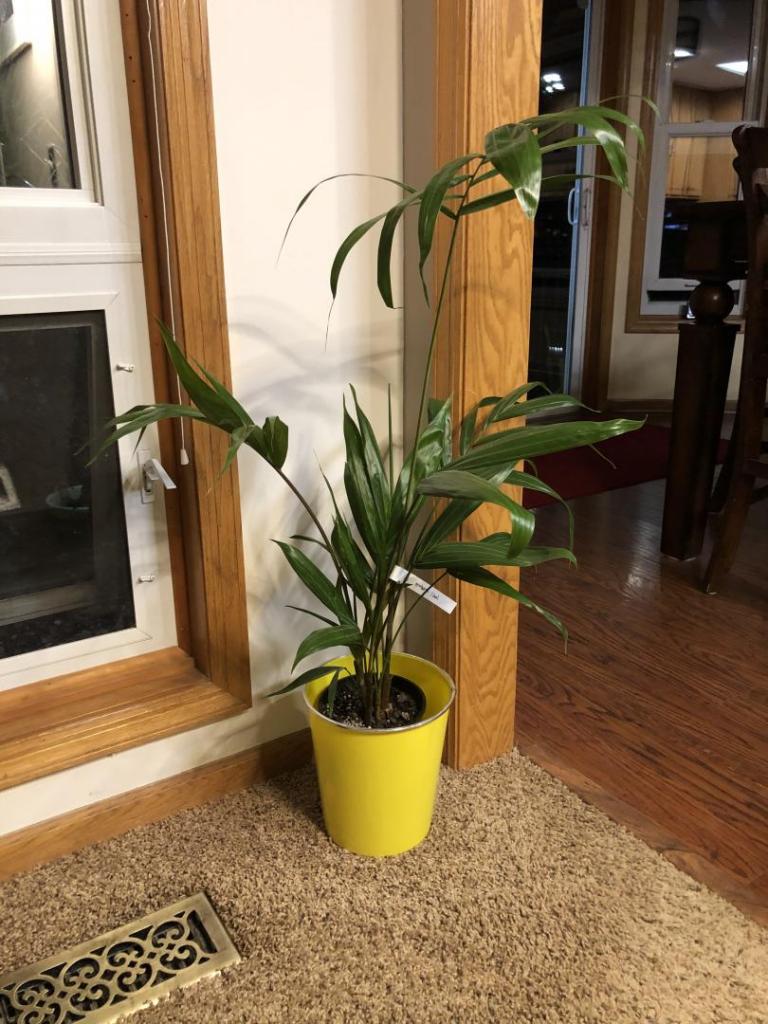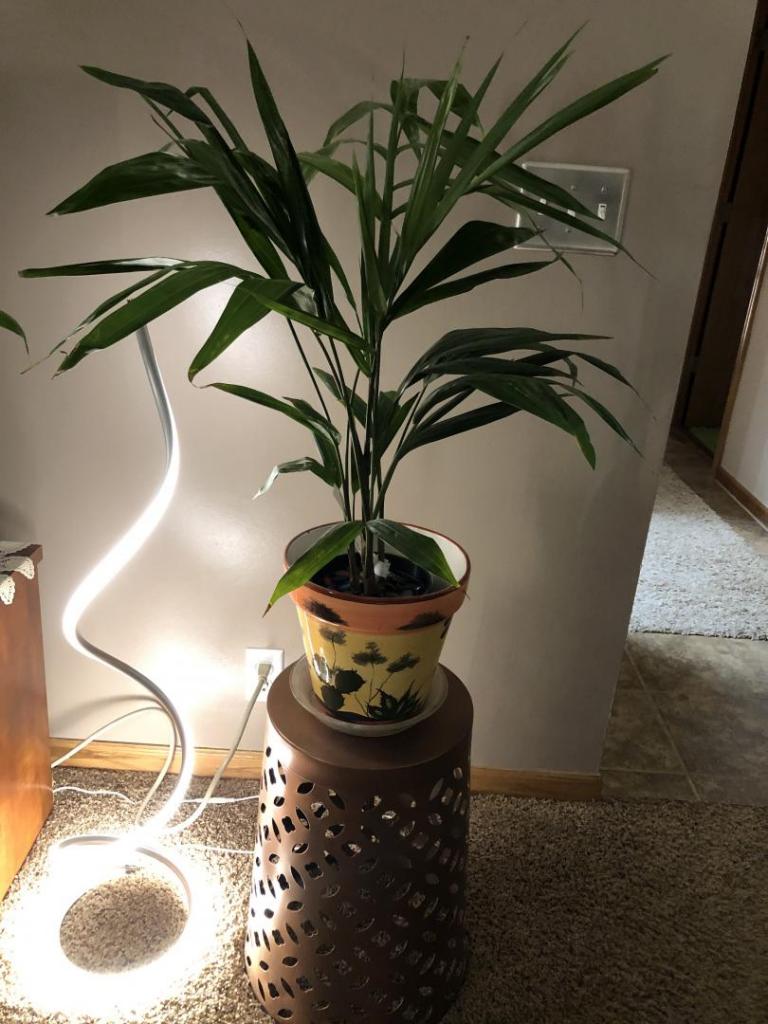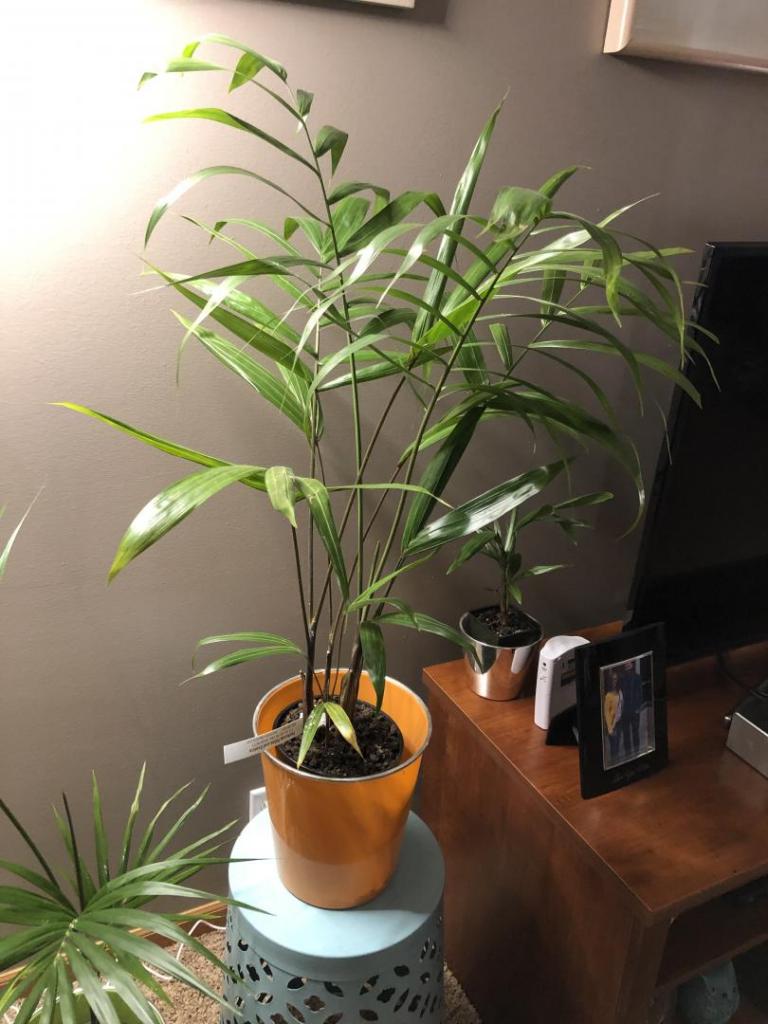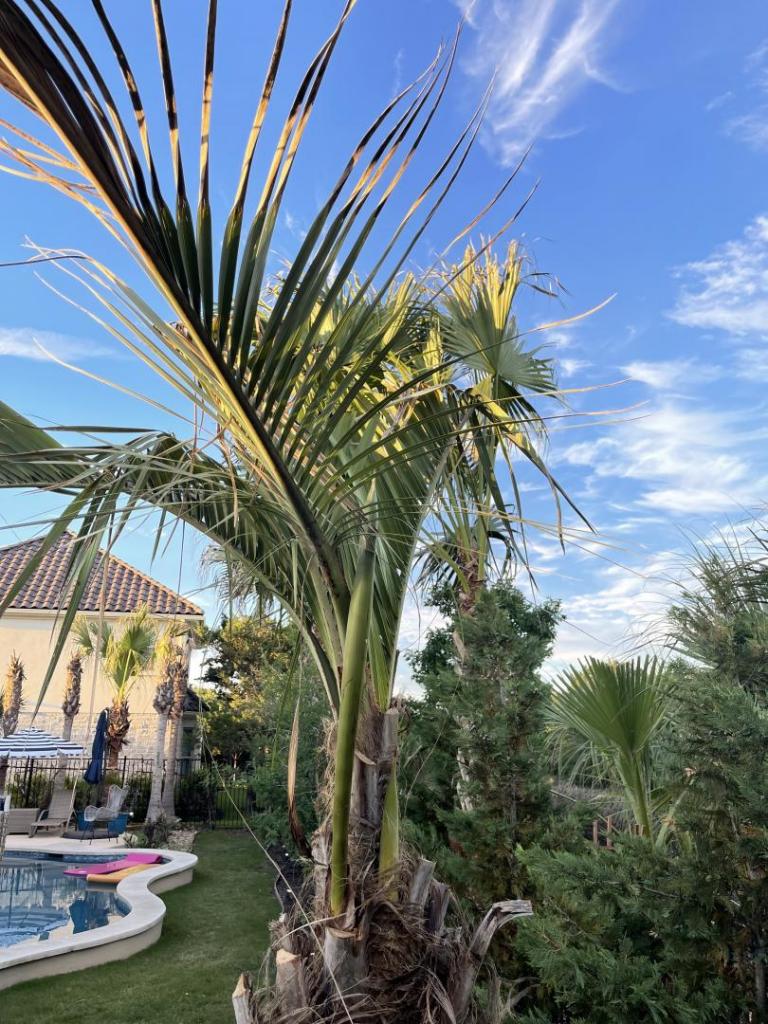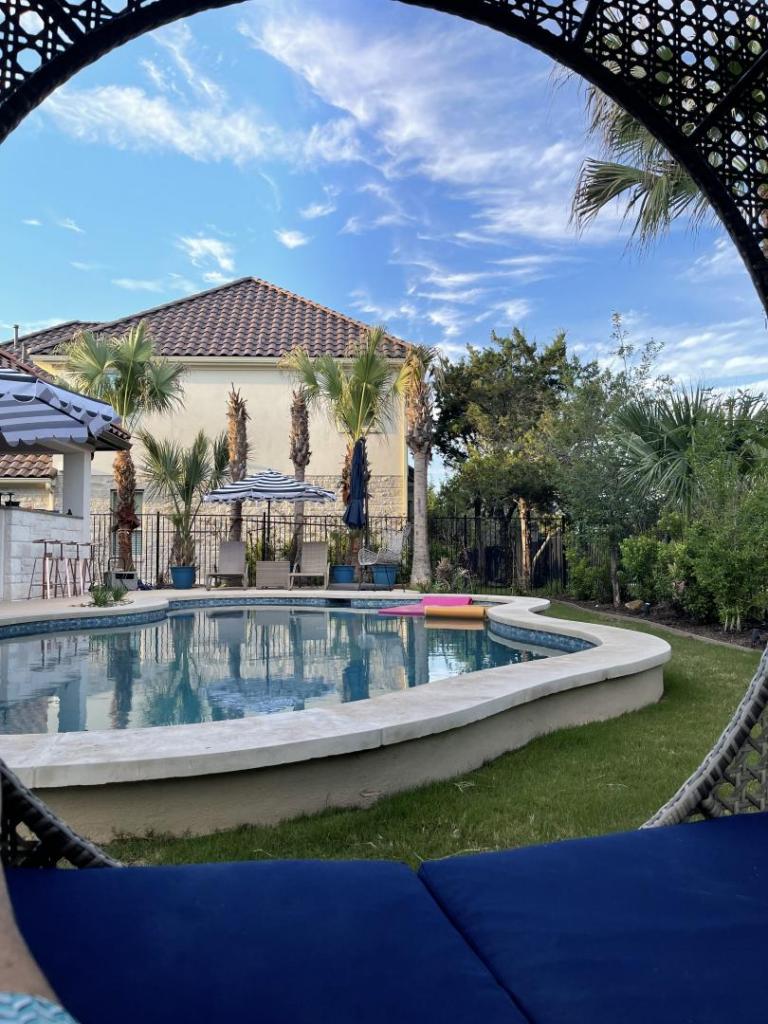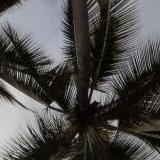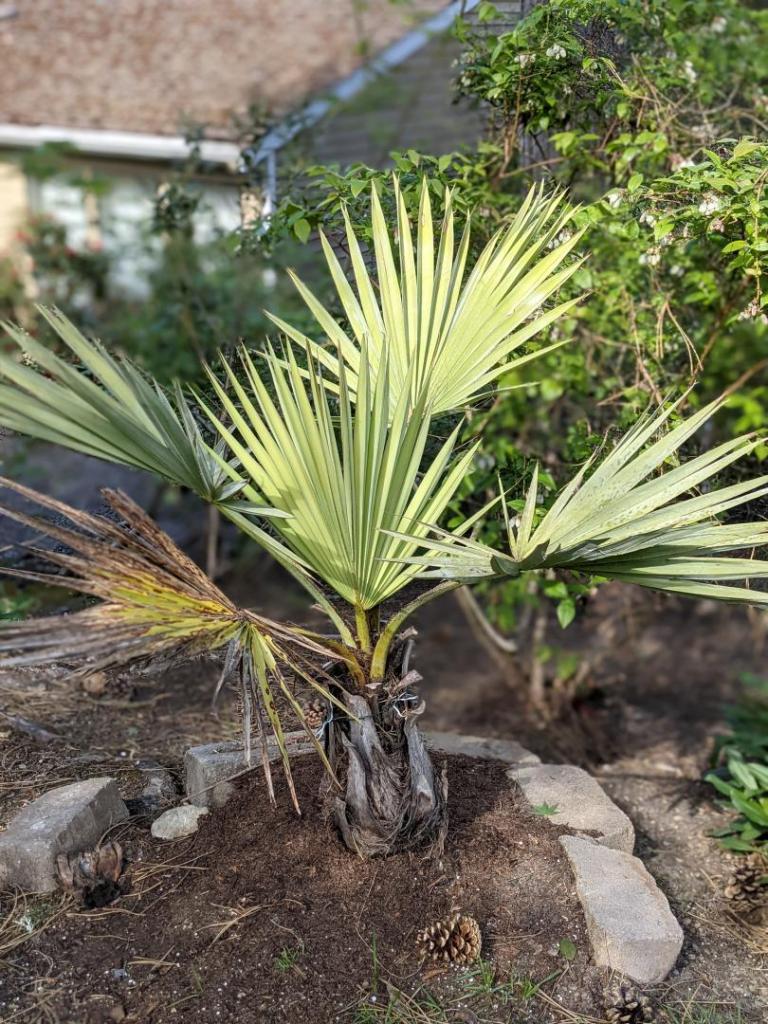Leaderboard
Popular Content
Showing content with the highest reputation on 05/03/2021 in all areas
-
This is the result of planting approximately 20 species of plants since March. Sorry about the weeds. 1. Bismarckia nobilis: I'm really hoping this does well, because it's my personal favorite palm, but marginal in my zone and will require protection in some winters. 2. Unknown banana variety (possibly Namwah). I love bananas; they're so fast, vigorous and tropical (+ edible if you can get them to fruit!). Damage is from a strong storm we had a few weeks ago. This banana is putting out leaves every 5 days now, so fun to watch it grow. 3. Clockwise: Ti Plant, 'Little John' Dwarf Bottlebrush, 'Redhead' Coleus, Purple Heart, Giant Calla Lily. I absolutely adore the Ti Plant. It cheers me up every time I see it in the garden. It will almost certainly die to the roots in the winter, but might come back. The bottlebrush I haven't seen flower yet, so waiting out on that one. The coleus is growing very vigorously, and I'm all for it. The purple heart is growing even more vigorously (I've heard the plant is a little invasive, sort of anxious about that, but should be easy enough to control). The giant calla has such a nice flower, and it lasts a good week or so. Not sure when it will flower again. 4. Blue iris (maybe blue flag). This is a perennial and has been coming back every year with the exception of last year (flowers, that is) for the past 8 years or so. Probably my favorite plant in the garden. 5. Unknown Canna. I'm looking forward to the full bloom. Cannas are awesome. 6. Morelo Blood Orange. No fruits on it this year. 7. Washingtonia robusta or more likely, filibusta. I love these, they are under appreciated and are not ugly; they are just the most common palm here by far. Unfortunately, I planted it below a bit of canopy, so hopefully it will break that and not be in part shade forever. 8. Mule Palm: it's a little tragic this is in so much shade, although it looks great as a jungle centerpiece: sooo tropical looking. 9. Variegated Fatsia Japonica. Woooow, such a beauty. I've heard these plants are vigorous growers. I love their elegant leaves. They are jewels in this jungle. 10. 'Black Magic' Alocasia. Quite a vigorous grower so far, it loves the shade. 11. 'Regal Shields' Alocasia. The lime green juxtaposed with the nearly black green and brown undersides are ravishing. 12. Queen Palm - the wild card 13. Bluecrown passionflower - very vigorous vine, has had 5 blooms so far. 14. 'Paige' Mandarin. There's only one little green sphere on it that might be a future ripe orange. Hopefully next year it will flower more profusely. 15. Clockwise: Alocasia 'Yucatan Princess', Easter Lily, Begonia, Liriope 'Super Blue', Calla 'Cherry Kiss' Garden front view: Garden back view:8 points
-
8 points
-
7 points
-
7 points
-
Here is an update with my trunk-cut palm recovery. First, Livistona chinensis: My smallest mule starting to show normal-looking fronds: Butia odorata doing the same: Chamaerops. Trunk cut was done 2 weeks ago but it is just now starting to show movement. Six of the suckers are already pushing new growth. My unprotected solitary Chamaerops almost looks normal. I just trimmed off the dead fronds.5 points
-
5 points
-
5 points
-
Yeah Jim, Chamaedoreas are weird that way. As long as the stem produces chlorophyll they'll keep going like the Energizer bunny.4 points
-
This thread is here to document palm recoveries from the Feb 2021 freeze, specifically in the Brazos Valley. Brazos Valley counties: Brazos, Burleson, Robertson, Leon, Madison, Grimes, Washington. @JohnAndSancho Huntsville is fine. @Collectorpalms @Swolte @Xenon Thank you all!3 points
-
3 points
-
I agree with Teddytn. Could be precipitation of solids via evaporation. If you have particularly hard water the results will be quicker to develop and more intense.3 points
-
3 points
-
Hey John, hopefully Scott will post some pics as well but I thought I'd throw in my 2¢. First pic is a double Dypsis pembana x madagascariensis F2 grown from seed indoors for around 2 years with 4-5 leaves. Second pic is Arenga engleri also grown from seed indoors for roughly the same time. Neither are particularly fast but the pembana hybrids are definitely faster. I lost several of the pembana hybrids that I had on my back patio to a rat (now deceased!)3 points
-
3 points
-
3 points
-
3 points
-
3 points
-
3 points
-
Apparently it was planted too high from the start which prevented full rooting at the palm’s bases as well as that tapering of the trunk’s bases. Carefully and slowly lift the fallen trunk and brace it below with something sturdy. As you said, leaving it at an angle will allow it curve upward. Get those exposed roots covered with soil and even the trunk bases so they stay moist and new stronger roots can form. Water the heck out of them as well. They need lots of it and often. Below is a photo of typical Archontophoenix palms in my yard. I have groves of them. The bases are almost Roystonea fat. Heavy watering and no exposed roots or trunk bases. The trunk rings are over 12” apart.3 points
-
Hello, I found this wonderful group of Rhopalostylis. It was labeled R. baueri 'Cheesmanii' but the presence of the saxophone at the foot indicated to me that it was a mistake and that I had to do with R. sapida. Considering the leaves I wondered if it was not by chance the variety 'Chatham'. The leaflets are larger than the type species and start higher on the rachis. What do you think ? Here are the pictures of those I have at the office and the one planted in the garden.2 points
-
2 points
-
Had the chance to visit Gore bay near Christchurch. Was amazed at the variety of sensitive palms growing there near the sea - reminded me of coastal California. The bangalows and Nikau looked especially healthy which was great. This particular day demonstrated classic coastal Canterbury conditions with a cool seabreeze moderating the temperature near the coast (around 26 degrees C) yet after driving over the hills into the inland valleys, the temperature was in the mid 30's C, very dry and ideal wine growing conditions.2 points
-
2 points
-
Thanks all for the suggestions. I've gone ahead and planted it now so I hope very much I've done it right to give the best possible chance in this cool, humid climate. I'm encouraged to see that some Braheas are going ok in some Pacific Northwest and other English gardens - looks like we have a chance here but should expect very slow growth (which I'd anticipated before planning this anyway). I'll document the planting process below in case it's useful - hopefully as a successful example. First I dug a few inches deeper into the soil. Bearing in mind this is a raised bed, the original ground level was the concrete strip on the right side. This was initially filled with a thin layer of gravel (just the bottom end completed in this picture), about 2 inches. We seldom get very heavy or prolonged rain, but if we do I'm hoping this can take a lot of the volume without the water saturating the layers above it. The ordinary soil underneath is quite a nice free soil so should drain reasonably well anyway (you can see it in the top half of the picture). This is then followed by a thicker layer of gravel and garden soil mixed, to just above the original soil level. So at this point, everything above is a raised bed, which is retained with bricks, stone, and gravel visible below, capped off with tumbled setts). This is all dry - no mortar joints. Small mounds were made of the same soil/gravel mix, which the Butia and Chamaerops were then sat on directly. I started filling around these with ordinary soil, with a little bit of gravel still mixed in. I'm using a few stones to create some variation in depth and provide nooks for small plants to live in. The first of these is visible below, sloping away from the Brahea's spot which has even more gravel around it. I gently patted the sides of the pot a bit and then squeezed it between my legs at an angle so I could pull the Brahea out by the trunk in one go without touching the roots, then I plonked it straight onto its spot. It's got a healthy looking root zone and I was pleased to be able to position it without causing any damage to them. The fill around the Brahea was then comprised of an even mix of small stone chippings and ordinary soil with a little bit of sand. The Chamaerops and Butia got a mix that had slightly more garden soil, mixed with some gravel. It became a total washout of a day - one of the worst days I've ever seen in May. At least I didn't need to water the new plants in, and the rain has washed off a lot of the mess I made. Here are the three palms after planting. Next steps are to plant the Cycas revoluta at the very front-left corner, which is the nearest to the house, and then plant a few small ground cover type plants around. Given this is on the north side of the wall, I'll put some small ferns along the back. I've made it so well-draining though, hopefully it will be moist enough for ferns there (where there is less gravel in the upper layers of the soil). The large stones embedded near the palms do direct water away though, so the other ends of these sloping stones would be the best spots for ferns. Once all plants are in I have some decorative stone to use as a top dressing to tidy up the overall appearance. So in brief, the planting strategy has been: Raised bed, no pointing at the sides to allow water to exit between the setts Quite a lot of gravel used in the lower layers of the soil to assist in drainage The palms are sat at or above the previous surface level (as it was prior to making the raised bed) The palms are all on individual mounds, so their upper root zones are higher then the surrounding general soil level Some large stones will direct some nearby water away This may end up being over the top - we only get 30 inches of rain per year and it's seldom heavy. But it's always possible to water plants that are dry - much more difficult to help ones that are waterlogged. I've got a few more jobs to do around the garden this month (including those noted above) but may be able to create a little photo album from it when those are done.2 points
-
Nice! Most all common banana varieties will come back from the ground in 8b/9a. There's no need to mess with Musa basjoo.2 points
-
2 points
-
2 points
-
We experienced about 7" of rain in 3 days here after only getting 2 or 3 since January. Heard the doorbell ring and answered the door on Saturday and found this little guy on my 'welcome mat' looking up at me as if to say "HELP ME!" or maybe wanted my cockatiel to come out and play in the rain! Actually the doorbell didn't ring, I made that up.2 points
-
I’ve been using aluminum tags that are indented using a ball point pen and secured with zip ties. Unfortunately the plastic zip ties degrade over time... I’ve noticed a few gardens (e.g. Huntington and Quail) use embossed tags on a metal stake. Anyone know what metal and gauge are used in the stakes in this application? This would be my desired labeling method.2 points
-
Looks great already! One way to make it real nice and tropical is bananas and elephant ears. Im looking into the "Truly Tiny" banana variety, might not plant in ground but they are supposed to produce edible fruit. You should invest in Musa basjoo, it doesnt produce edible fruit but if it dies back during winter it will grow back from the roots in Spring and you will have those monster bananas again in your backyard by mid summer. Wishing you the best of luck, cant wait for everything to grow in!2 points
-
Pretty sure that’s salt and excess fertilizer that come through the terra cota. Looks bad, but definitely helps to keep the plant inside it healthy.2 points
-
2 points
-
Dypsis Pembana I have many, here are a few. all from Floribunda As far as speed? All are steady growers, meaning no change during winter like a lot of other palms I have that either slow way down or don't grow at all. Now, like mentioned above ALL are from Floribunda so came in their own pots with volcanic "soil" so I HAVE to water them weekly. One time, I skipped a week and one of them had fronds turn brown right away, so they love their water.2 points
-
We will see, but appreciate the insight. Of the group I purchased and planted, only 4 are “filifera”, so we will see. Even if they are hybrids, which I’m sure you’re correct about as most are, I’m just going to hope they make it through the next freeze. I’ve had great results with Adam’s Gardens in the past. The bottom line in Central Texas is this; zero palms have made it unscathed other than sabal minors. Everything else has defoliated and many people are talking about cutting palms down prematurely. In my neighborhood, which I specifically chose to build a home in because of all the existing palms, everything is toast. I want to see them replanted or given the proper chance to recover. I’ve had countless neighbors encouraged by my replanting and they now want to either attempt to save theirs, or plant new palms if theirs are goners. My goal (other than to replenish my own garden) was to encourage others. I don’t want to see people give up on palms. My personal decision was to plant more (hope some make it; see attached), because I’m not going to be discouraged by a once in a 100 year event. Butia Capiata from Adam’s Gardens which were moderately protected in the top two photos now pushing green. New Chinese Fan Palms and one new Sabal amongst several Chinese Fan Palms (two of four I think will definitely make it) in the last photo. Good luck to all and I hope everyone has palms that will continue to push green after all this! Keep Positive!2 points
-
Recently took a trip down to the RGV from Houston. Robustas/filibustas look burned damaged all the way down to Corpus, although most look like they'll survive. There was a HUGE difference going from Kingsville to Raymondsville. In the actual valley, pure Robusta and Sagos looked like nothing happened. What surprised me was how well the Royals are doing. Almost all were coming back. What also surprised me was the queens looked burned (some weren't that bad), but are clearly coming back - they Royals didn't look that much worse. Also the Norfolk Island Pines and Cook Pines looked terrible - that surprised me with the clear Royal recovery. Maybe Royals can be tried in Galveston?2 points
-
2 points
-
2 points
-
I “personally” haven’t recovered! So no photos from my yard yet please! I will repost the weather and other data that has been lost on the other threads.2 points
-
Well, I have a Brahea armata. I am in Bellevue, WA east of Seattle. I think our area is colder and wetter than Portland. The Brahea is growing slowly. It always loses the lower fronds once the new fronds open up. I didn't cover it from the rain. I will try to give it a cover next winter to see if I can get it to grow more fronds. It has been in the ground since 2016. I think there is the biggest Brahea armata in Seattle area from @Palm crazyold post.2 points
-
Totally agree. If you want an easy indoor palm that actually gets some sort of “trunk” if not crowded 100 to a pot, I definitely recommend this species as well. My c. elegans gets very little attention, and very little light. It gets fairly bright indirect light for a few hours in the morning, but then mostly dark the rest of the day. After getting this older double at a nursery a few months ago, they’ve really taken off and filled their crowns out well despite my lack of attention. Maybe gets watered every 1.5 months. They seem to like being dry, almost.2 points
-
2 points
-
2 points
-
Decided to do some " Lizard Fishing " today to get close up of my resident Ornate Tree Lizards, Urosaurus ornatus that inhabit the block walls around the yard. After a few attempts ( and switching out out Cat Gut from an old shell necklace i'd had for Dental Floss ) Managed to noose one of the 5 or so females, and one of the males out there. Still trying to capture /photograph what i believe is the dominant male in the yard ( has more Orange on his throat patch < Dewlap > compared to the other male i was able to catch ) As mentioned awhile back, the species has one of the shortest lifespans among Phrynosomatid Lizards.. roughly 3 or so years. Throat colors on males can have several different color combinations and this can influence breeding success and degree of territory occupied. While most specimens exhibit the same -or very similar- coloration here in AZ, and thru most of the species range, north of Mexico, specimens just south of the border in Sonora ( males ) can be quite colorful, appearing to be an entirely separate species when observed. With the success of using dental floss for the " noose ", might have to make a quick trip out into the desert to get some more close ups. **BTW, when done properly, no harm is done to the animals when snared*** Simply carefully loosen the noose, while handling, and release when finished observing. Lizards caught earlier are happily back at their perching spots on the wall. Female: Greenish-throated Male:2 points
-
It’s zone 9b. I think I just scratched the surface on what people were growing there. Lots of plants I didn’t recognize. Big eucalyptus everywhere as well as citrus trees. Now I want to get a vacation property there just to have the garden.2 points
-
1 point
-
1 point
-
1 point
-
1 point
-
One to consider might be Podocarpus Macrophyllus - an evergreen shrub but one that looks more delicate and tropical than the usual Cypress/Juniper etc. that are most popular. Of course, there's bamboo too1 point
-
I don't know what this Slash Pine 'Dade' hokum is. When I worked at Little Pine Island, these pines were called "Southern Slash Pines" by my boss and the consulting ecologist. They are differentiated from Northern Slash Pines as follows (get out the Latin dictionary because cutesy nicknames don't translate well) Latin Binomial for Northern Slash Pine: Pinus elliottii var elliottii Latin Binomial for Southern Slash Pine: Pinus elliottii var densa https://www.thoughtco.com/slash-pine-tree-1343377 Southern Slash Pine is native to only SFL and the Keys. The northern variety is far more common.1 point

.thumb.jpg.945975caa86311443e3ed089e04a5105.jpg)
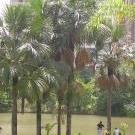
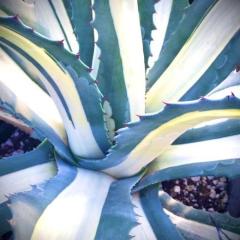




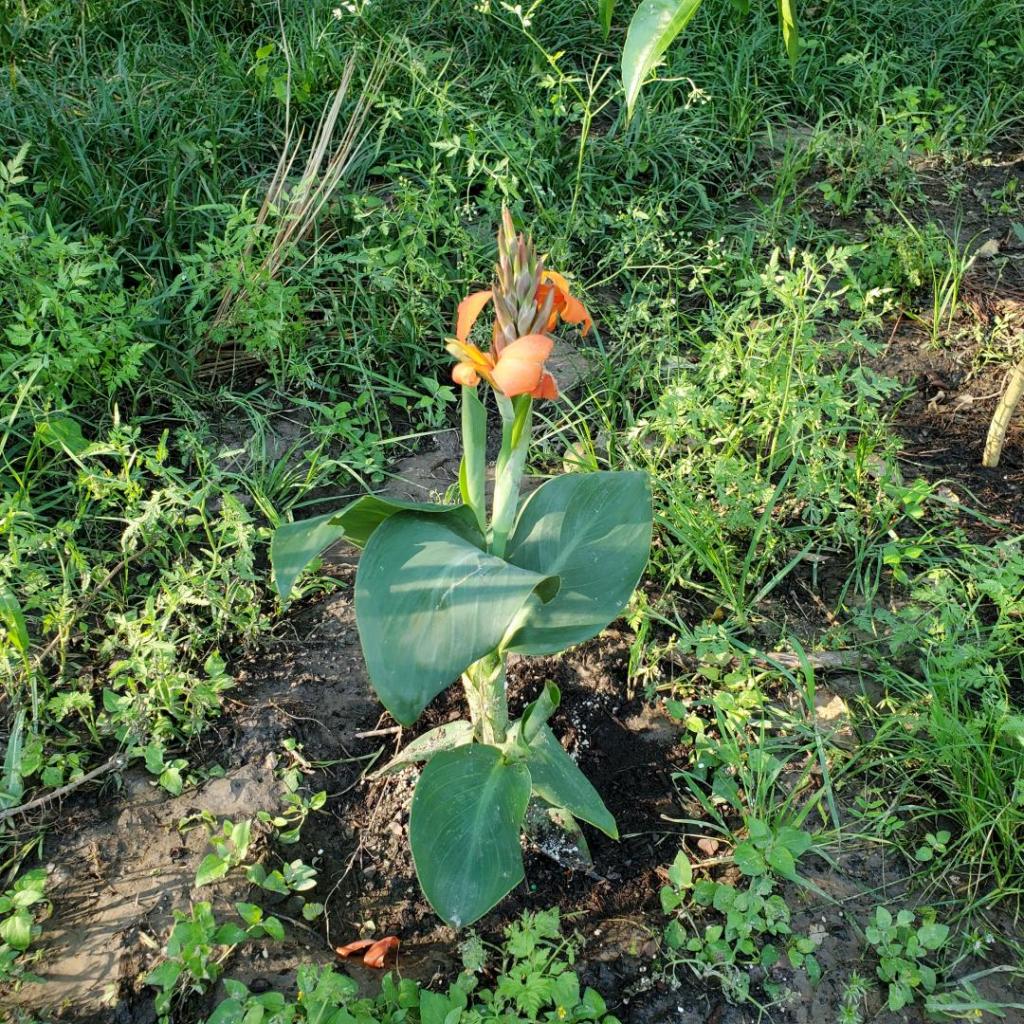

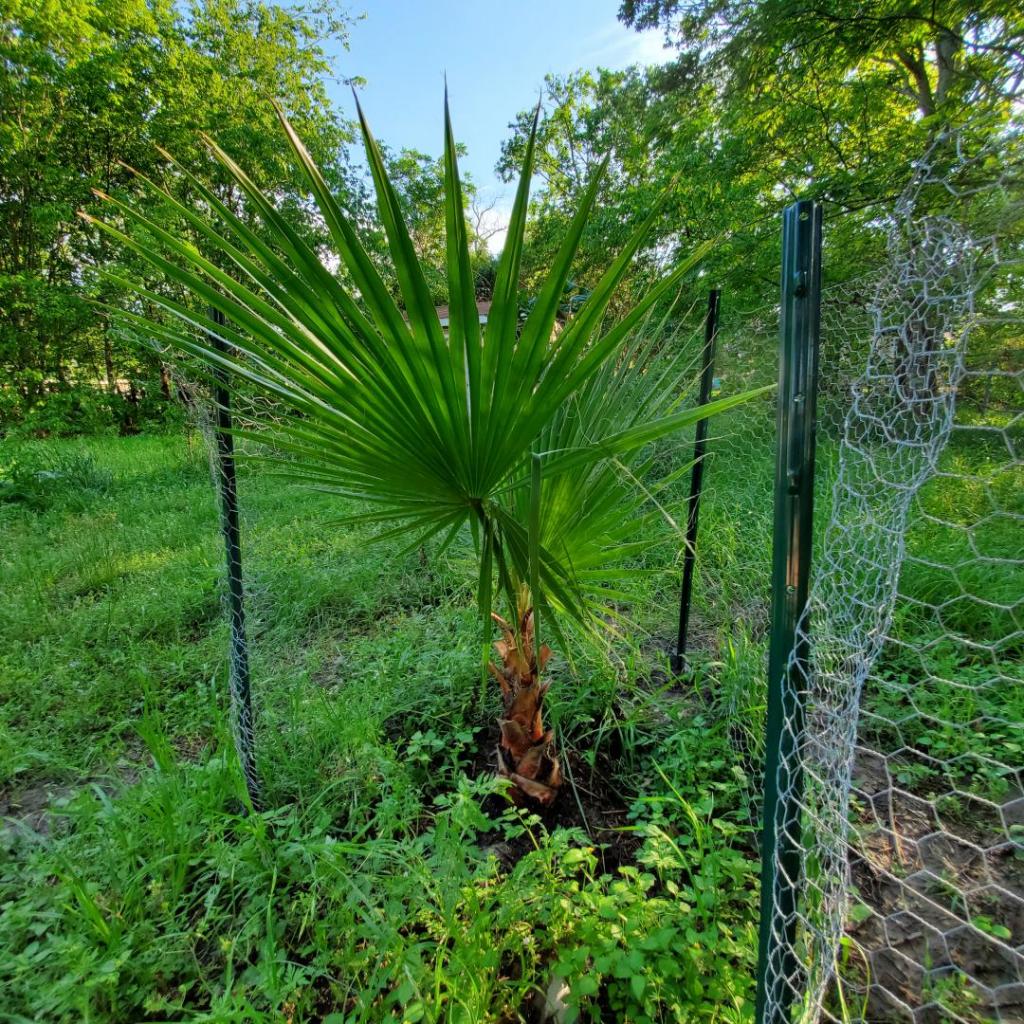


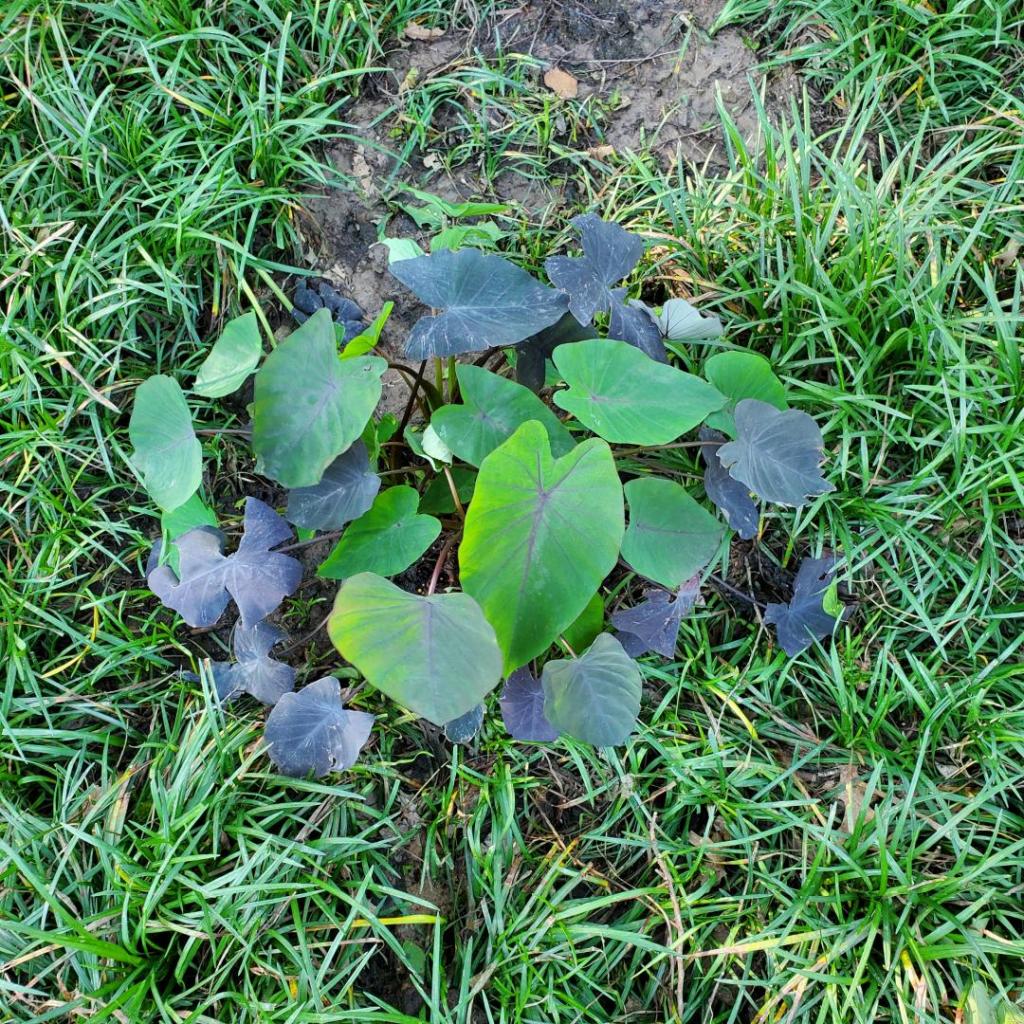









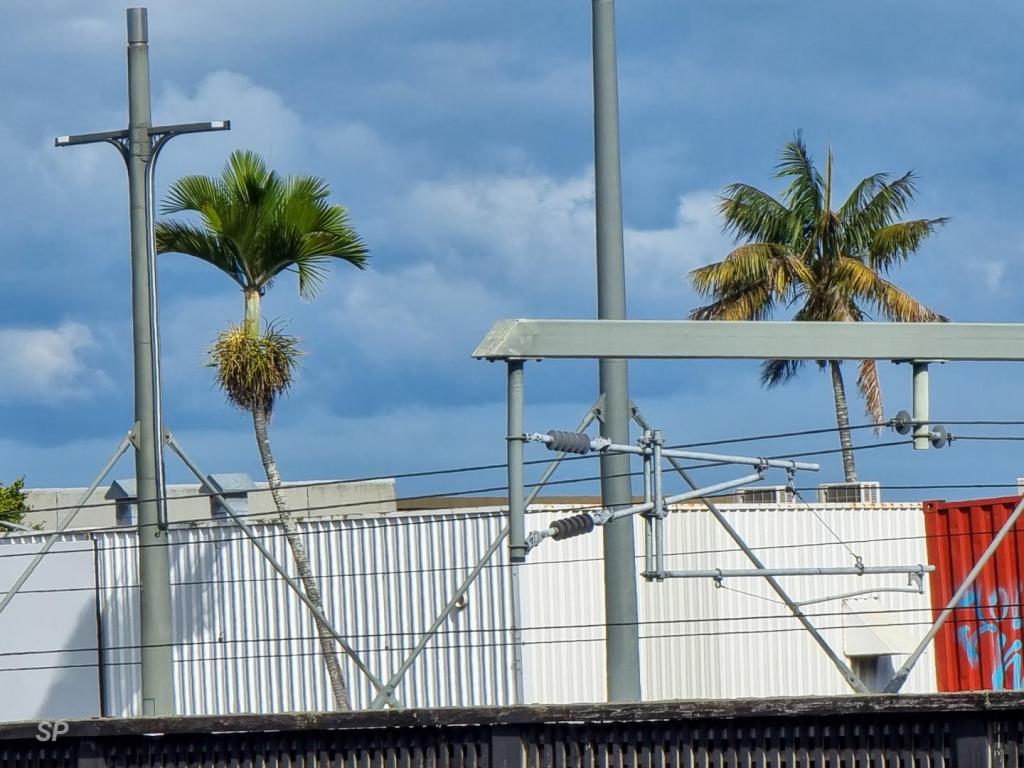
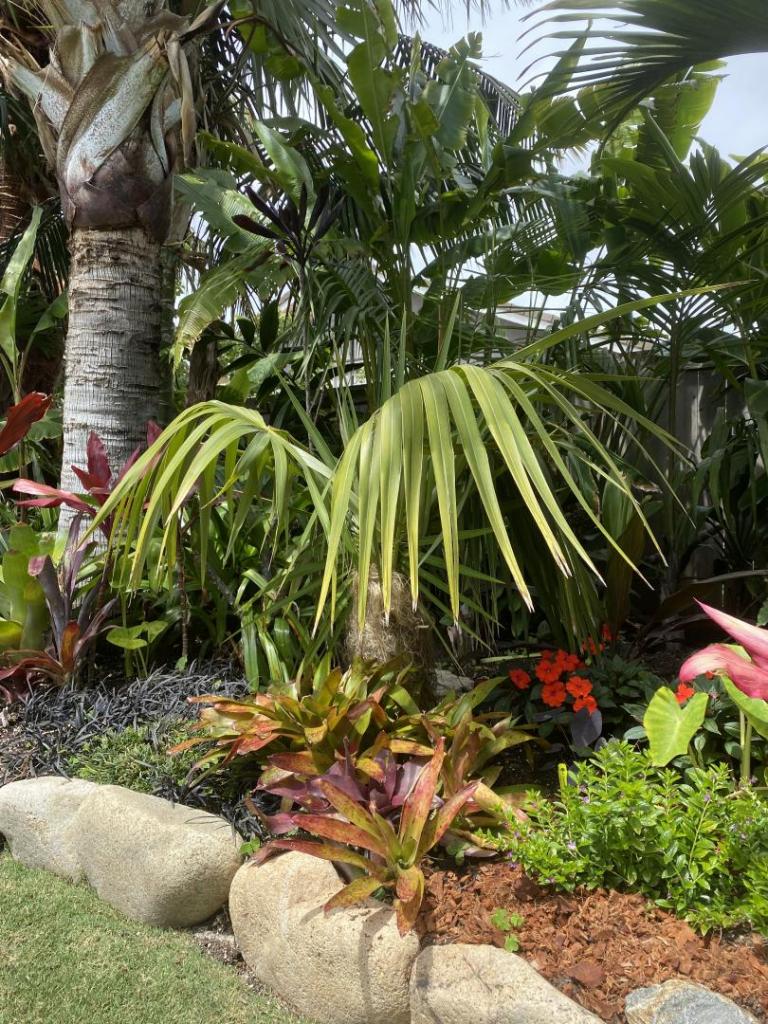



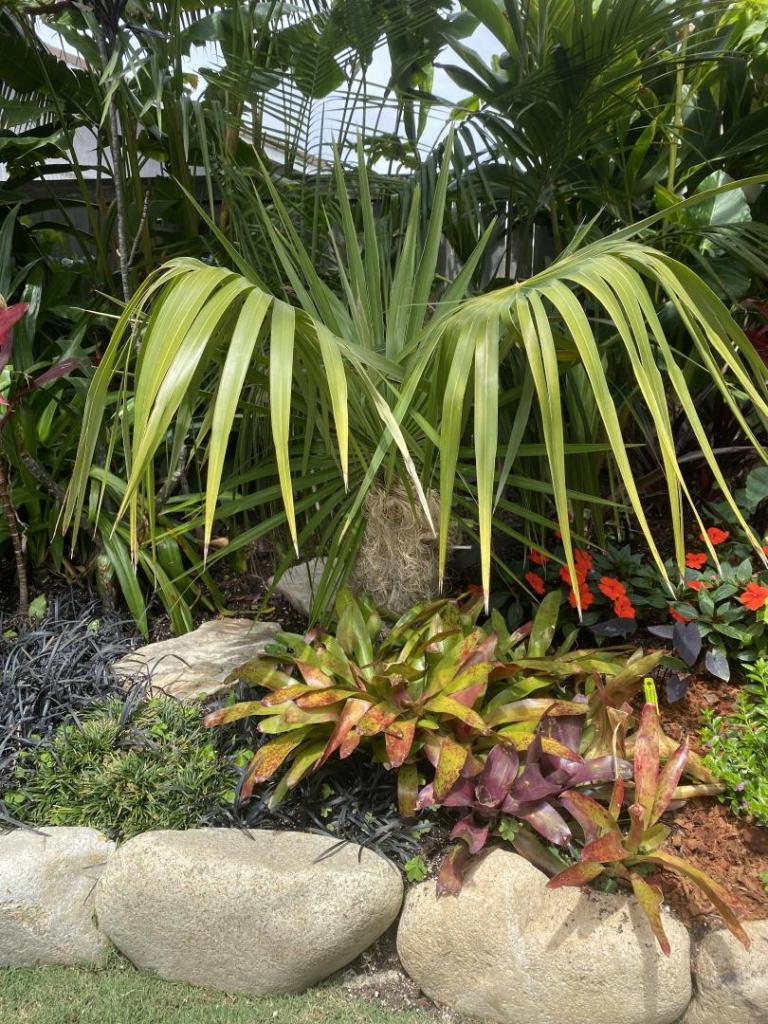
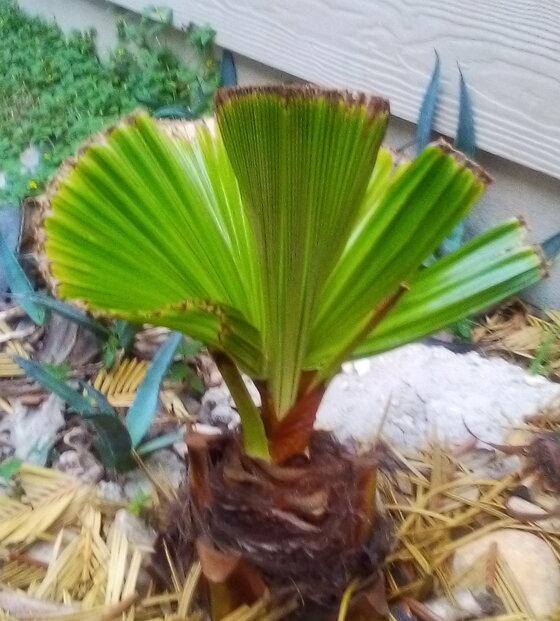

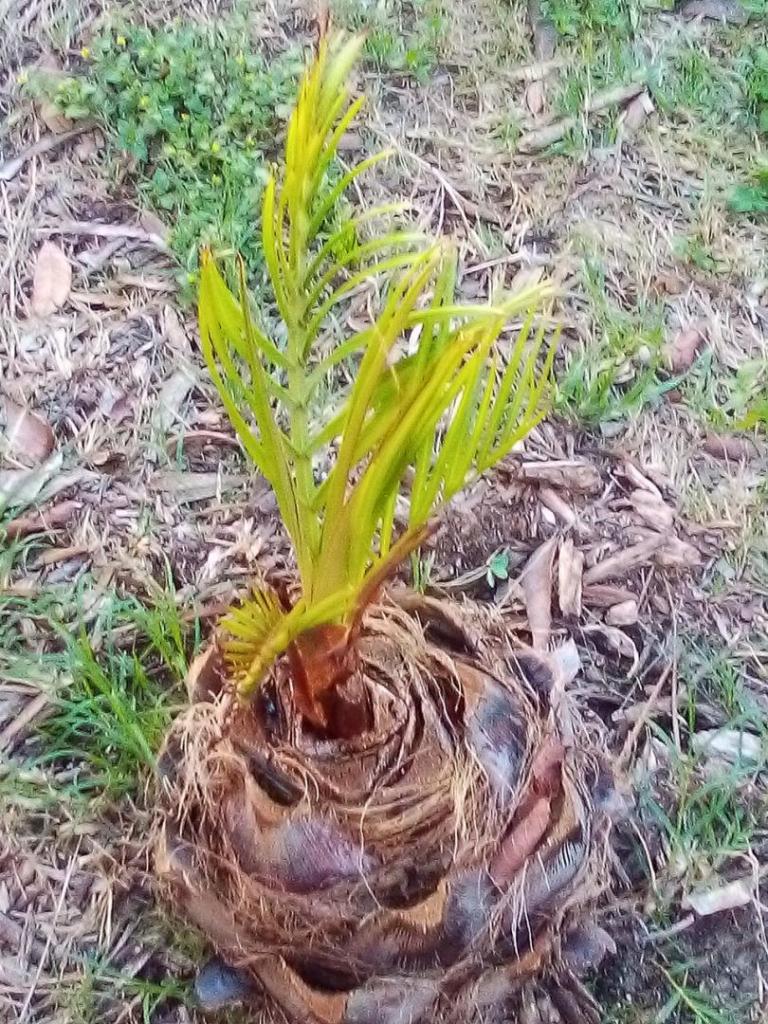

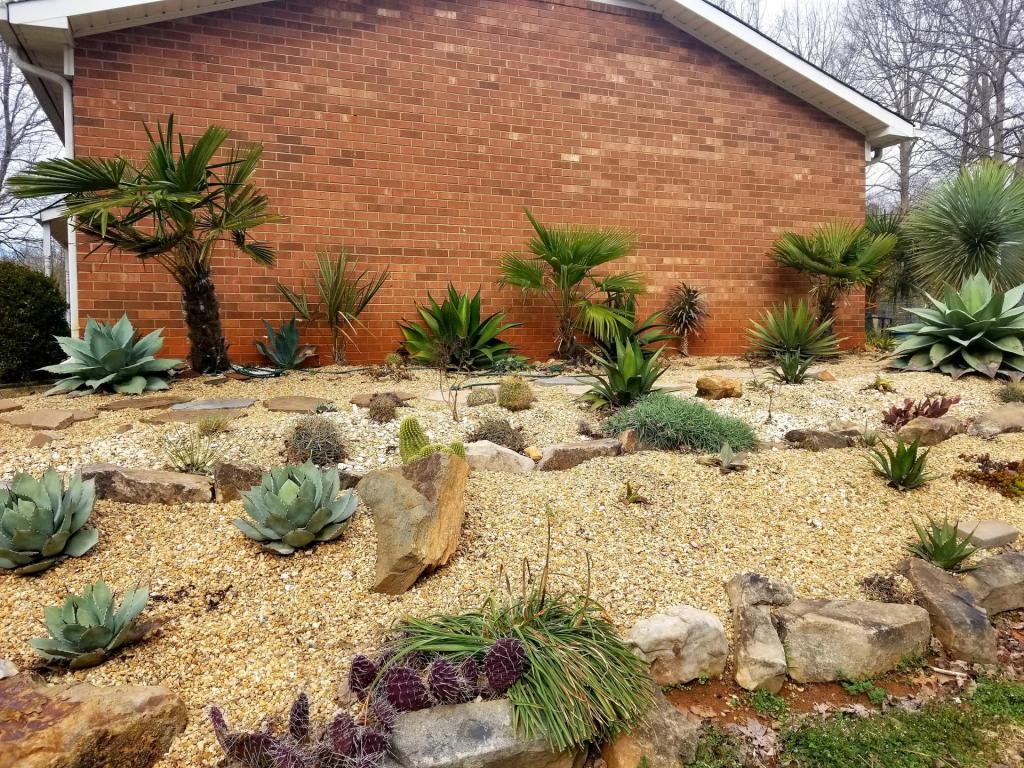




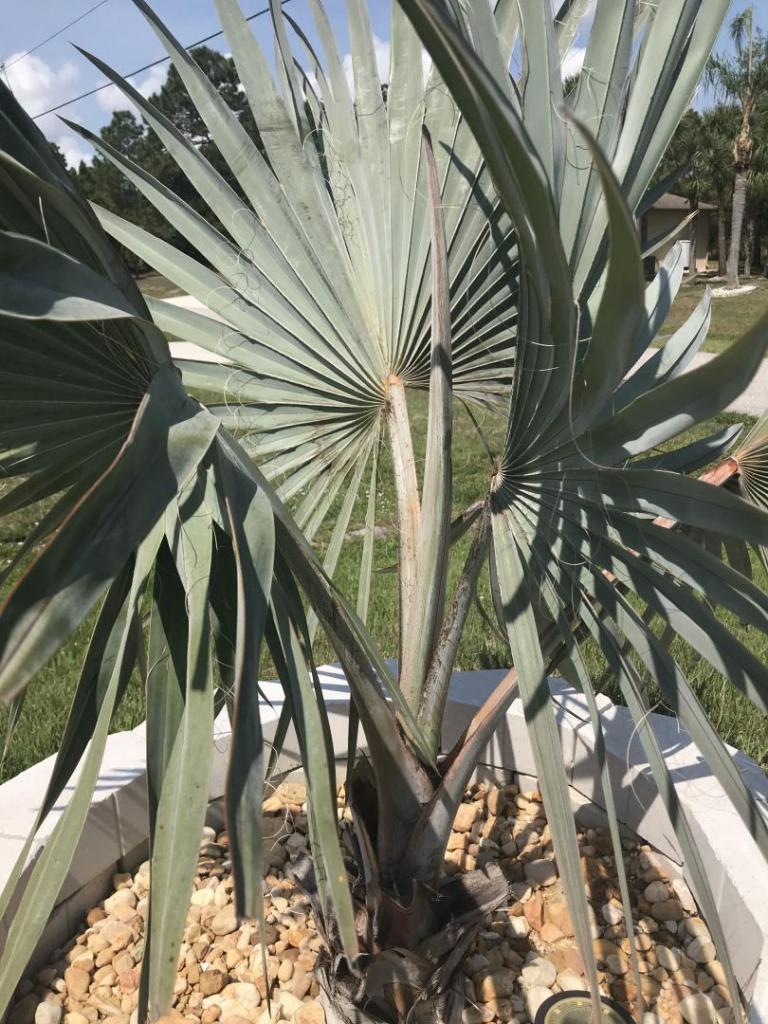



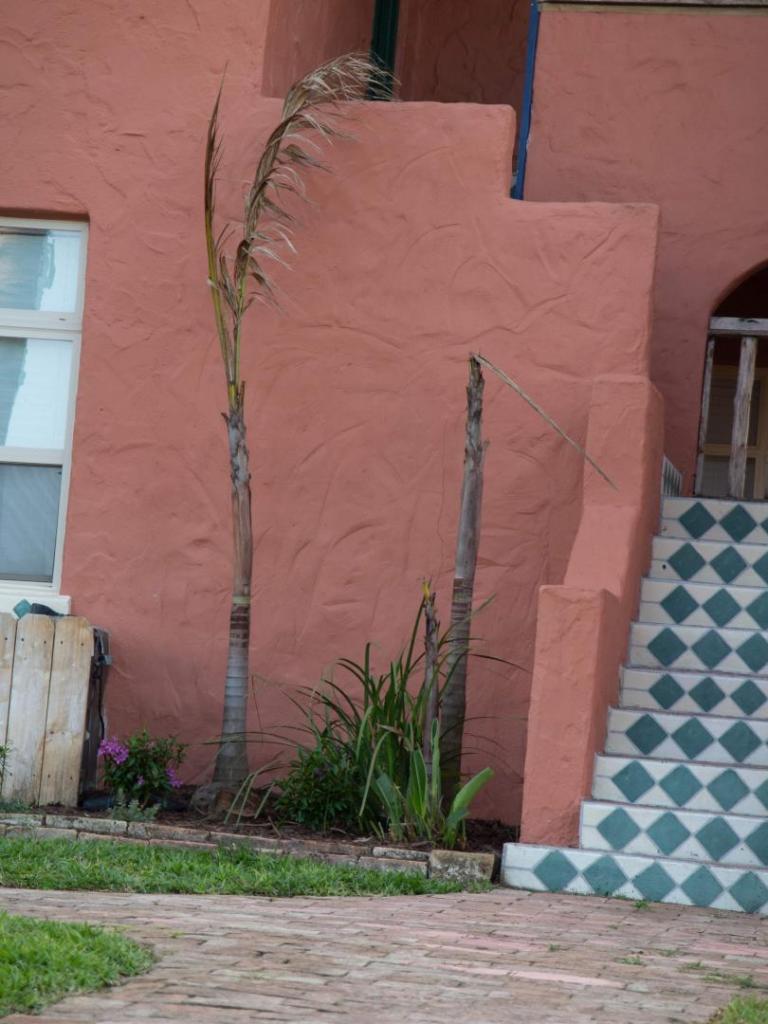
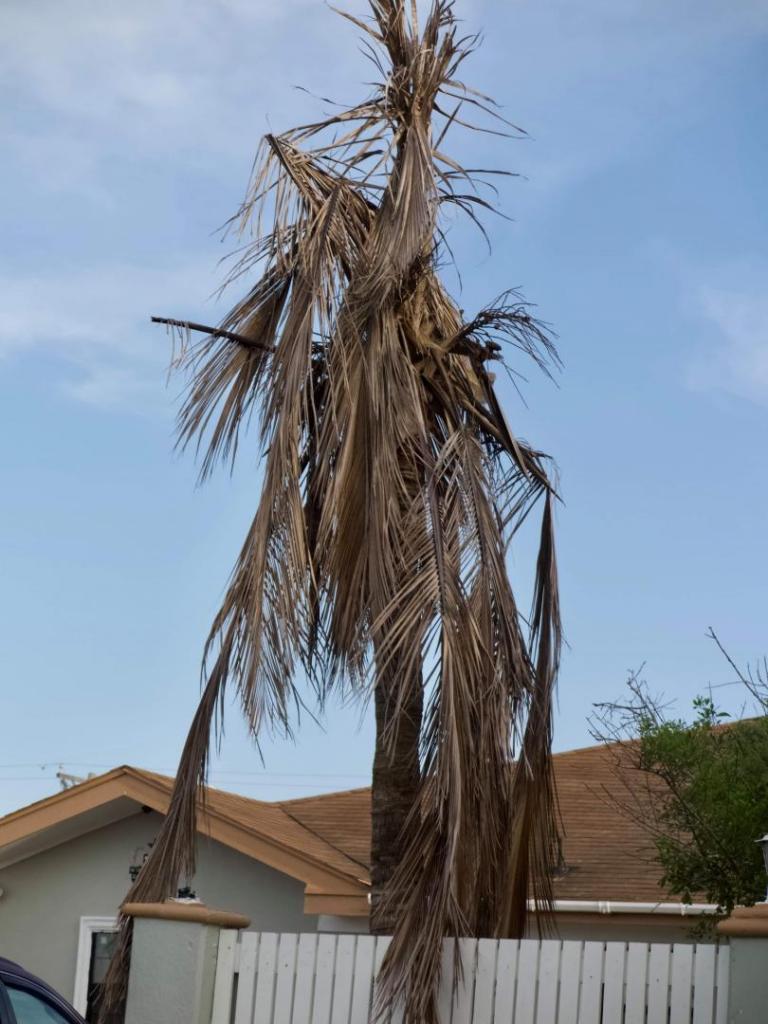
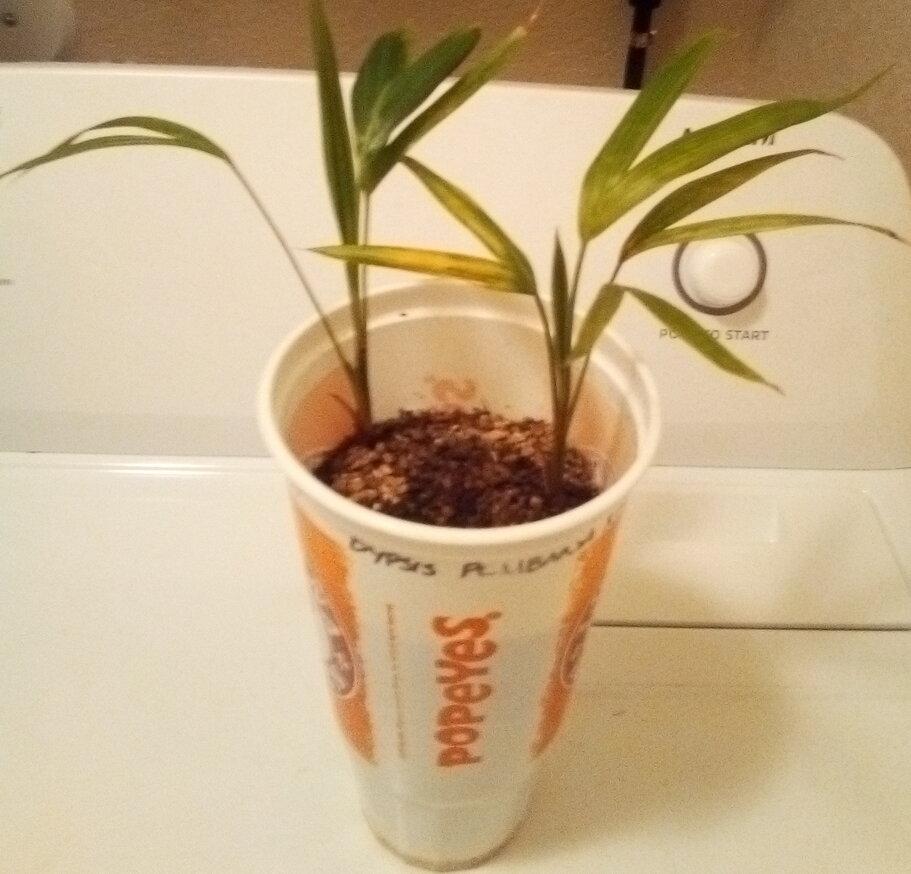
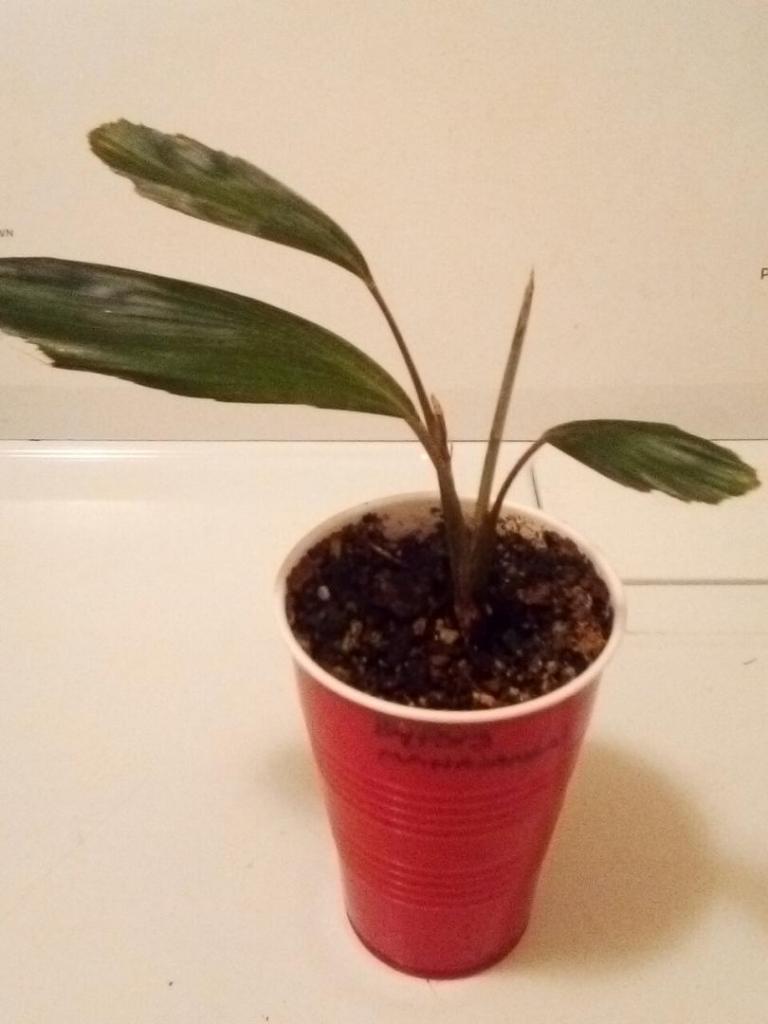
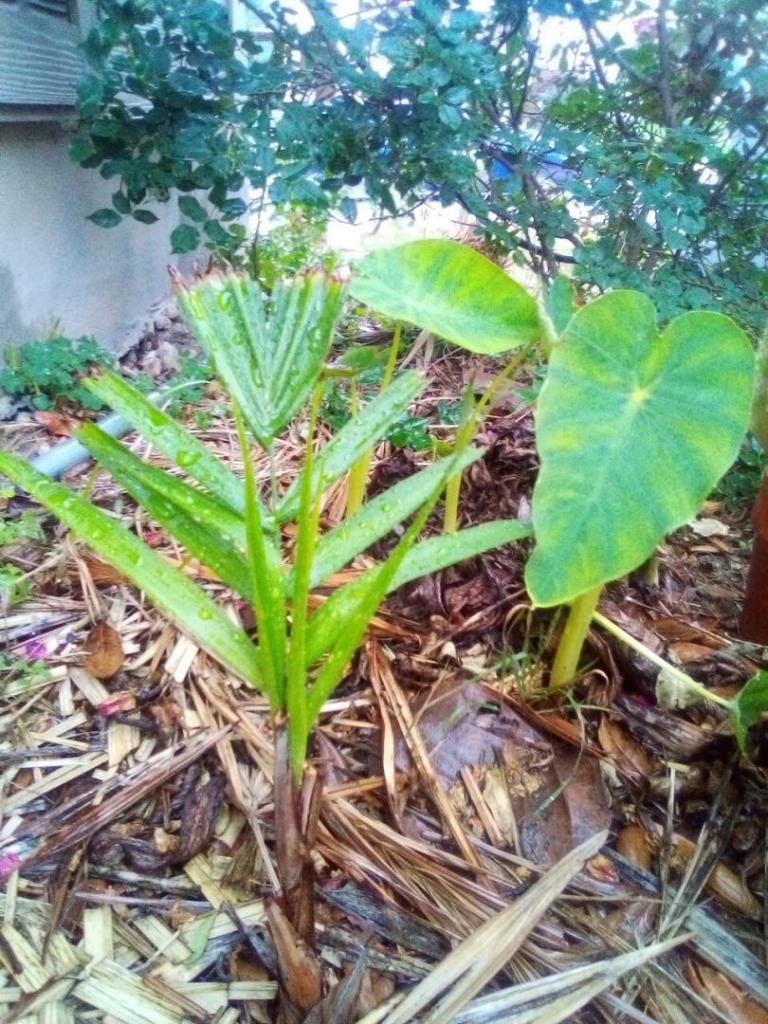
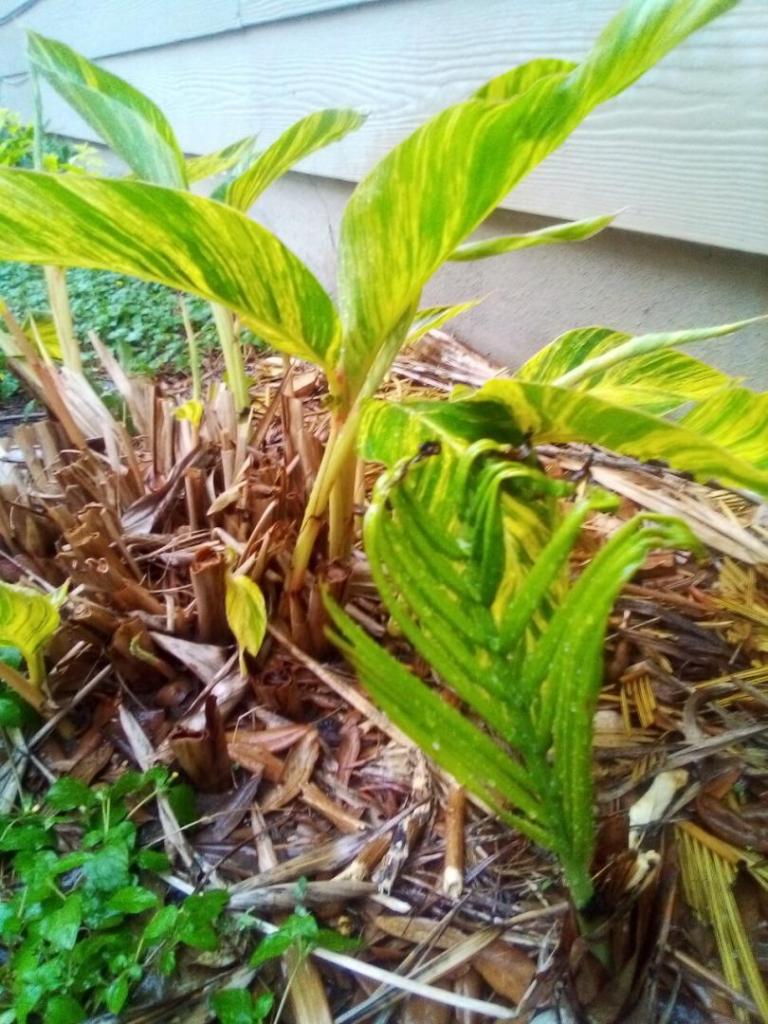







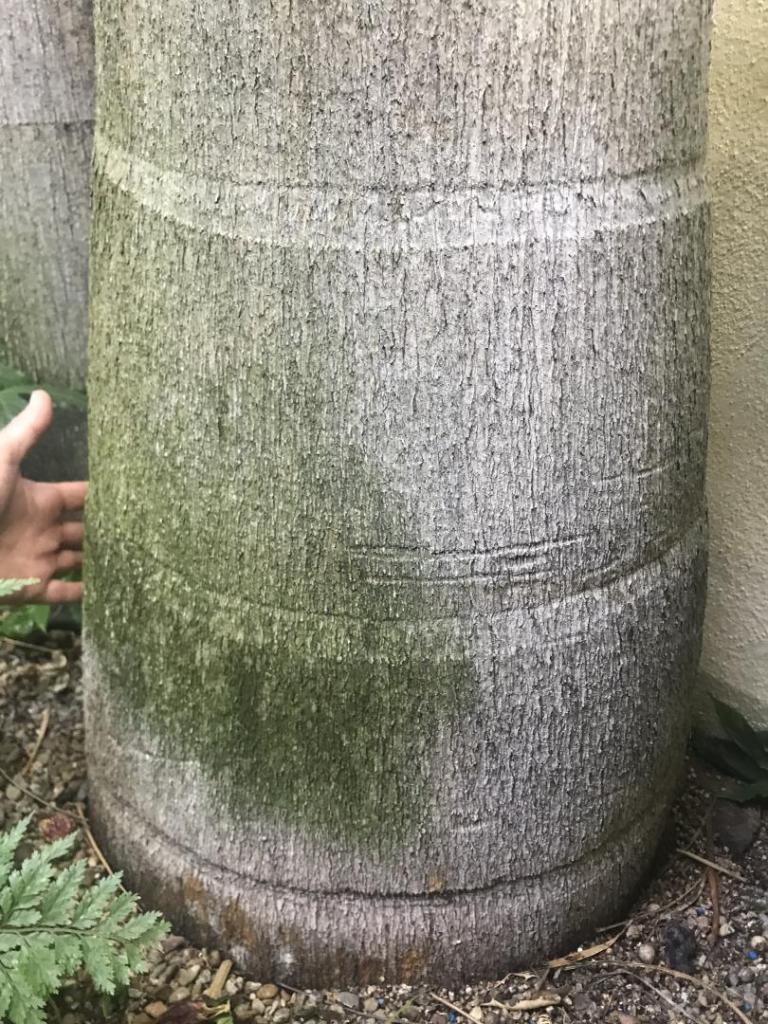









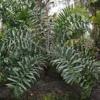


.thumb.jpg.ef47d3e1b4a1c5528c73adac73f2a66b.jpg)
.thumb.jpg.39dd2726ea6316e58502cb2e714e0448.jpg)

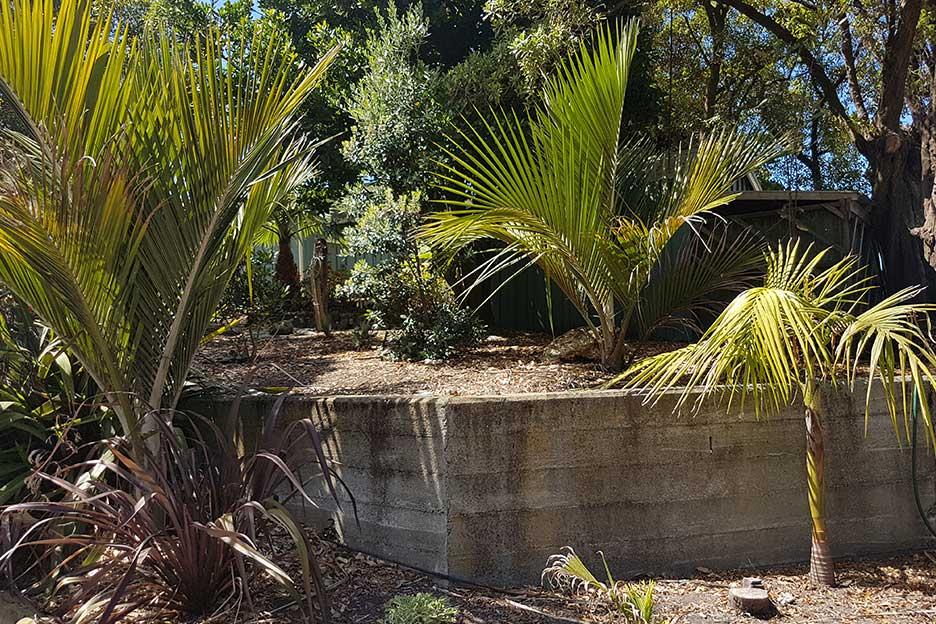


.thumb.jpg.55d20ab87125b4d7024d2e43eb56c013.jpg)
.thumb.jpg.4ea02482b471433d2b689ccfd05f8801.jpg)
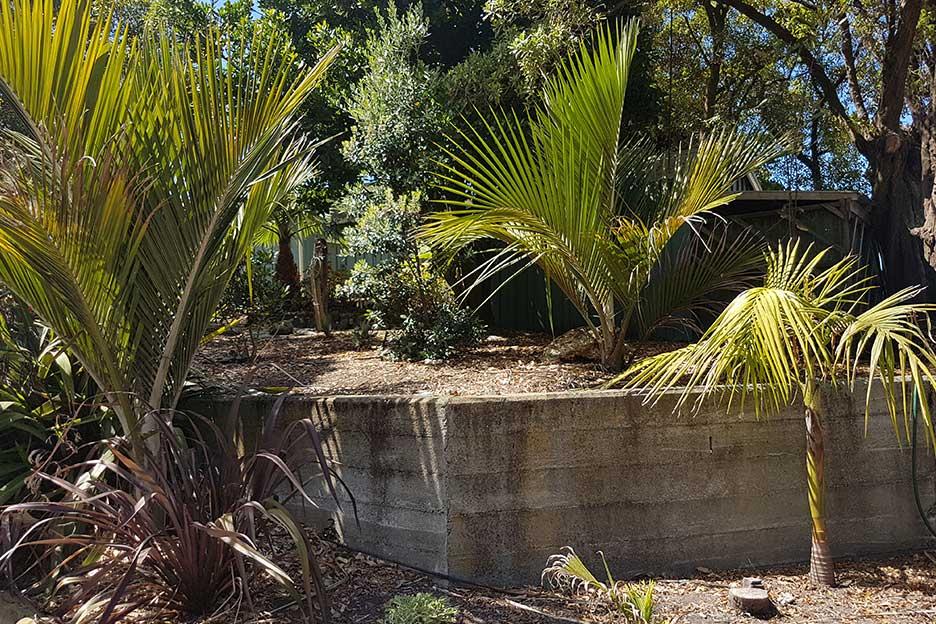

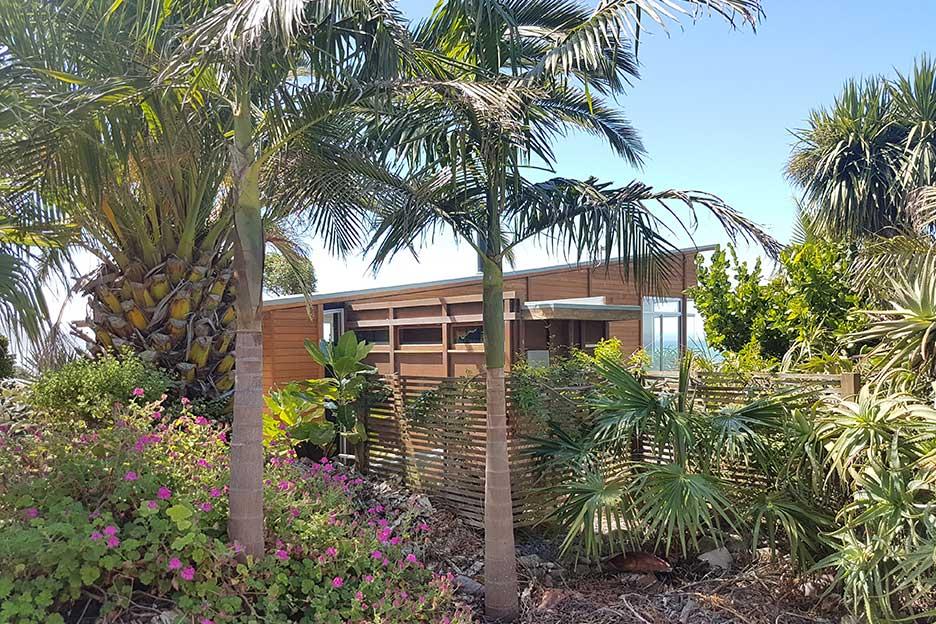
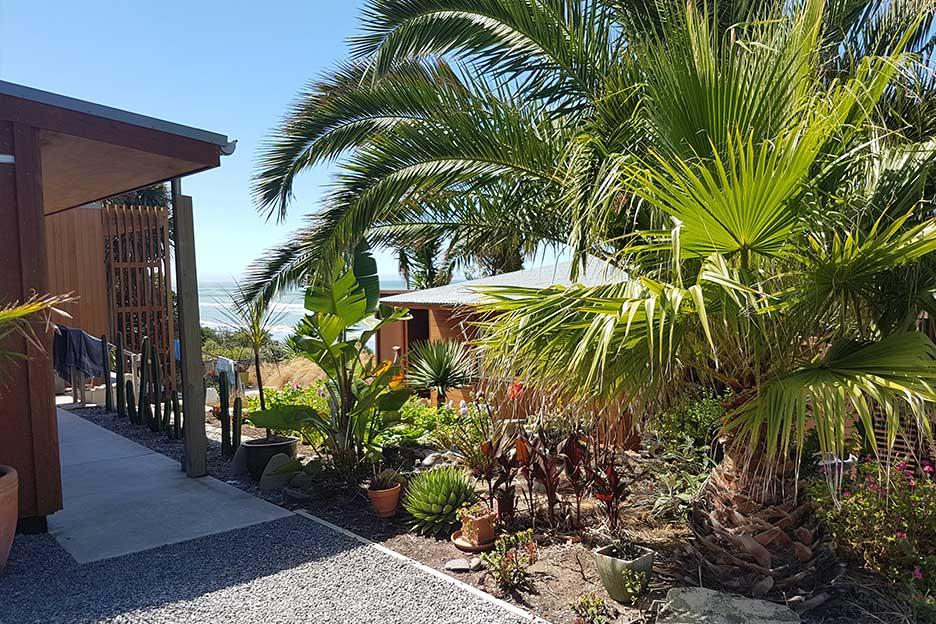
.thumb.jpg.ec6b2135f41a2d88349f217ed461e4cb.jpg)
.thumb.jpg.2ce7d988c3315685721502164e5bdda5.jpg)
.thumb.jpg.a65de9dc86e82b9867c9f2a1da5732b0.jpg)
.thumb.jpg.833957a368f1746802af0c24e66b54b9.jpg)
.thumb.jpg.150873cc33b8549518946d203628ce53.jpg)
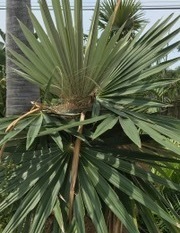




.thumb.jpg.663149aa84e5496166886d97e26b6735.jpg)
